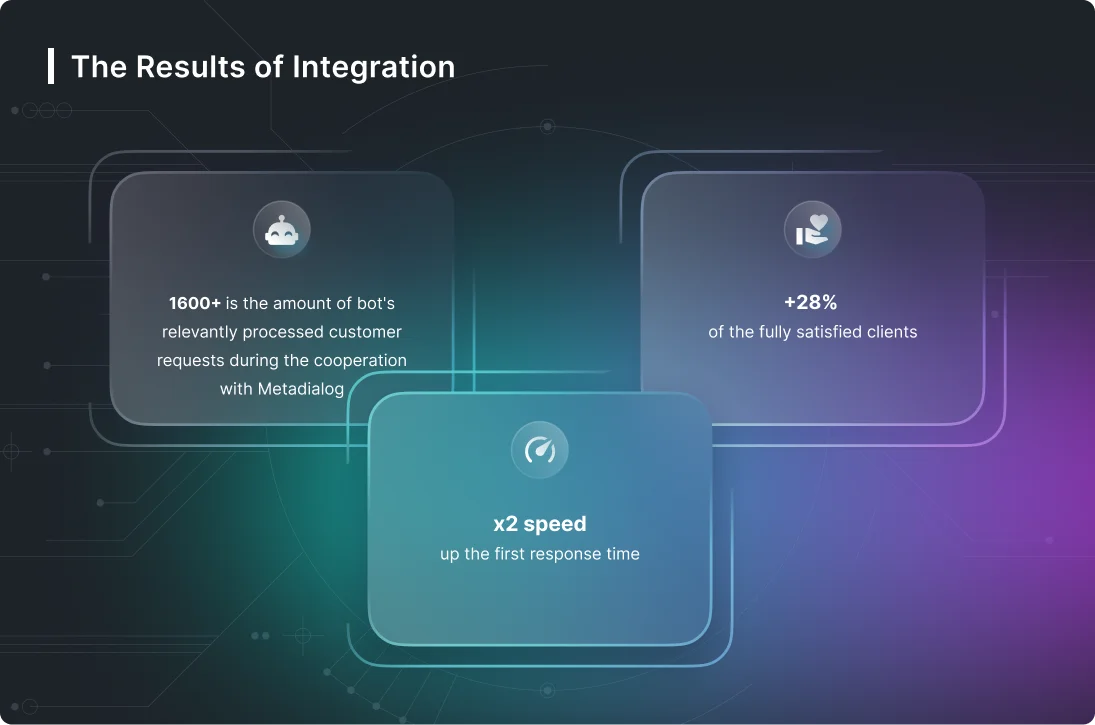Time is Money: 3 Essentials of Banking Automation and Efficiency

In customer service, for example, virtual assistants can lower expenses while empowering both customers and human agents, resulting in a better customer experience. Automation helps banks streamline treasury operations by increasing productivity for front office traders, enabling better risk management, and improving customer experience. Banks can leverage the massive quantities of data at their disposal by combining data science, banking automation, and marketing to bring an algorithmic approach to marketing analysis. Let’s look at some of the leading causes of disruption in the banking industry today, and how institutions are leveraging banking automation to combat to adapt to changes in the financial services landscape. Traditional software programs often include several limitations, making it difficult to scale and adapt as the business grows.
- Deutsche Bank is pulling back on costs to boost efficiency through reducing headcount, streamlining front-to-back processes and shrinking the bank’s…
- For example, you can add validation checkpoints to ensure the system catches any data irregularities before you submit the data to a regulatory authority.
- Automation offers arrangements that can help cut down on time for banking center handling.
One of our clients, Intuit, used automation in order to streamline their workflows both internally and externally. They started with just a single workflow but scaled up to more than 20+ with a peak of over a million executions a day. To dig into how they did this, check out their CamundaCon session here. The jump between automation proof of concept to a full process automation program can be the difference between taking a dip into a swimming pool versus a dive into the Marianas Trench. Recent surveys of IT executives show that an increasing number of teams are establishing these CoEs in order to share best practices and drive organization-wide digital transformation.
How is automation enabling the bank sector?
For a long time, financial institutions have used RPA to automate finance and accounting activities. Technology is rapidly growing and can handle data more efficiently than humans while saving enormous amounts of money. The banking sector once focused solely on providing financial services.

Whether it’s far automating the guide procedures or catching suspicious banking transactions, RPA implementation proved instrumental in phrases of saving each time and fees compared to standard banking solutions. With the use of financial automation, ensuring that expense records are compliant with company regulations and preparing expense reports becomes easier. By automating the reimbursement process, it is possible to manage payments on a timely basis. With the use of automatic warnings, policy infractions and data discrepancies can be communicated to the appropriate individuals/departments. Invoice processing is a key business activity that could take the accountant or team of accountants a significant amount of time to guarantee the balance comparisons are right. Back-and-forth references and logins into various systems necessitate a hawk’s eye to ensure no mistakes are made, and the figures are compared appropriately.
Reduced Employee Workload
Automation can handle time-consuming, repetitive tasks while maintaining accuracy and quickly submitting invoices to the appropriate approving authority. In the finance industry, whole accounts payable and receivables can be completely automated with RPA. The maker and checker processes can almost be removed because the machine can match the invoices to the appropriate POs.
Without automation, banks would be forced to engage a large number of workers to perform tasks that might be performed more efficiently by a single automation procedure. Without a well-established automated system, banks would be forced to spend money on staffing and training on a regular basis. [Exclusive Free Webinar] Automate banking processes with automated workflows.
What Is Banking Automation?
Digital workers perform their tasks quickly, accurately, and are available 24/7 without breaks, and can aid human workers as their very own digital colleagues. Automation is fast becoming a strategic business imperative for banks seeking to innovate – whether through internal channels, acquisition or partnership. Automation is fast becoming a strategic business imperative for banks seeking to innovate[1] – whether through internal channels, acquisition or partnership. The first approach to making banking technology more efficient is through programmatic automation. Programmatic automation involves rewriting software so that automation is fixed (or programmed) into a technology provider’s system.

The banks have to ensure a streamlined omnichannel customer experience for their customers. The continuity of service across channels is an important criterion. Customers expect the financial institutions to keep a tab of all omnichannel interactions. They don’t want to repeat their query every time they’re talking to a new customer service agent. RPA, or robotic process automation in finance, is an effective solution to the problem.
Discover the Secrets to Perfecting Credit Risk Assessment
Thanks to intelligent applications, the KeBin S10 controls light and music, for example, creating a pleasant atmosphere outside opening hours. Proven and new security features as well as conformity with the General Data Protection Regulation (GDPR) complete the foyer management solution. KEBA has been developing access solutions for bank and post offices for more than 30 years. The latest generation, KeBin S10, controls the door and many other components of the branch.

By embracing automation, banking institutions can differentiate themselves with more efficient, convenient, and user-friendly services that attract and retain customers. Digital workers execute processes exactly as programmed, based on a predefined set of rules. This helps financial institutions maintain compliance and adhere to structured internal governance controls, and comply with regulatory policies and procedures. Hexanika is a FinTech Big Data software company, which has developed an solution for financial institutions to address data sourcing and reporting challenges for regulatory compliance. Many factors come into play when talking about how to improve business processes and what to automate. Institutions should discuss BPI opportunities with internal staff and their core provider to ensure those factors are beneficial.
The repetitive operation of drafting purchase orders for various clients, forwarding them, and receiving approval are not only tedious but also prone to errors if done manually. Banking customers want their queries resolved quickly with a touch of personalization. For that, the customers are willing to interact with automated bots and systems too. As a part of the fourth industrial revolution, it seems inevitable that RPAs will inevitably revolutionize the financial industry.

Read more about https://www.metadialog.com/ here.
